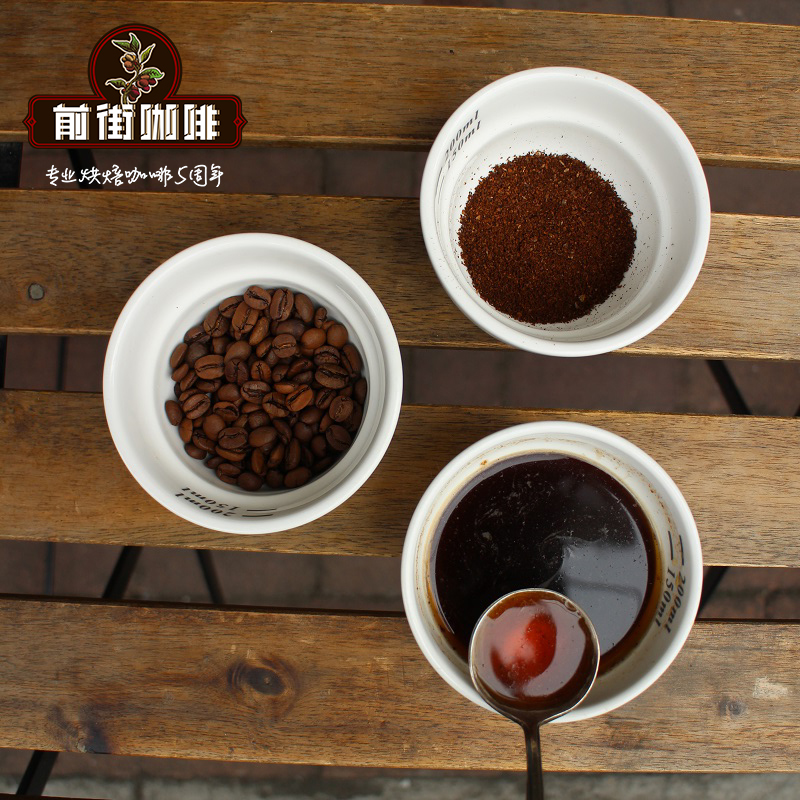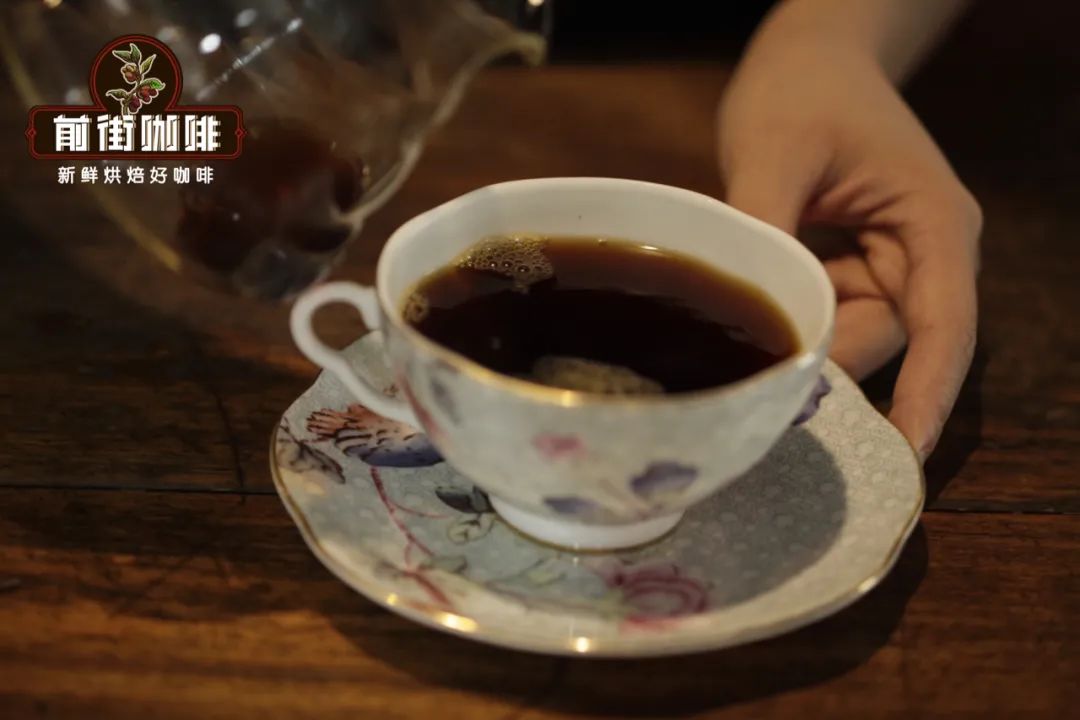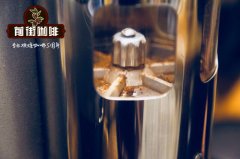Boutique coffee beans | must miniature batches be better than bulk batches? what's the difference between them?

There are some very flexible definitions in coffee, and micro and large lots (or community lots, I like to refer to them) are different terms depending on the person you want to ask.
So let's consider: what's the difference between bulk batches and micro batches? Are they equal in mass? Who is right for whom? Or is it sometimes a better choice?
What is a miniature batch?
It's easier to start with a small amount. Coffee Shrub defines it as "a product produced separately in large quantities, selected or processed separately to have special characteristics". Similarly, the Roasterie blog uses an apple orchard analogy in which a farmer leaves apples from several very good trees and sells them separately. "the uniqueness and flavor of coffee in miniature batches are different," it explained. " "they are just & # 39; Special & # 39;"
Many coffee makers will agree with the idea that micro batches are special. But the idea implies that there are many producing areas, and although they may be good, they expose obvious disadvantages.
Yes, our miniature batches represent a small amount of coffee, yes, compared with our producing area batches, the number of miniature batches is very small, and the flavor is very good. But they are not superior to our producing areas. In our model, they just provide us with two different functions, as well as two functions for the roaster we buy.
Micro batches and large batches: what's the difference?
A lot of a miniature can represent a producer or ten producers, or a part of a producer's farm-or hundreds of producers, such as many of our coffee from Uganda, Tanzania and Kenya, most of which have very small parcels of land, or even family farms.
Our team chose or made these batches because they were delicious and unique-it could be the weather or fertilization environment, or the age of the trees that fascinated people. What did not exist in the previous year will not exist next year. We are pleased to provide this service so that our customers and their customers can enjoy it. Would you like to offer a special discount in a short time? A small part of it will be fine.
By contrast, regional batches or macro batches represent the flavor characteristics of specific regions and producer cooperatives-possibly chocolate, cherry or floral aromas and acidity. We will be confident that we will be able to create a specific profile of beans together, these files will be loved by customers and hope to continue to sell year after year.
One year, there are 20 producers who can help us create personal data; the next year, maybe two plots smell strangely floral-in this case, we may sell these two plots as miniature parcels and create cooperative plots by making coffee with 18 producers or 18 other producers.
This is by no means a sacrifice of quality. This is the key to making coffee that customers can trust. They can mix it into the mixture or bake it without having to worry about it being unavailable.
It is a relief for producers to know that we want to buy from them every year. However, if for some reason the crops do not achieve the desired results (for example, if the weather leads to a decline in per unit yield), then we will not expect anyone to help us. We can expect the whole cooperative to ensure the existence of coffee.
Important Notice :
前街咖啡 FrontStreet Coffee has moved to new addredd:
FrontStreet Coffee Address: 315,Donghua East Road,GuangZhou
Tel:020 38364473
- Prev

How does the acidity of hand-brewed coffee determine the factors that affect the acidity of coffee?
Acidity: this is a divergent word in coffee brewing. For some people, it gives off a sharp smell. For others, this is the noble attribute of high-quality coffee. There is no doubt that sour coffee is unpleasant. However, vibrant, bright and complex acidity (reminding you of drupes or sweet oranges) is highly valued by coffee professionals and special coffee consumers.
- Next

Coffee roasting | how to control the roasting degree of coffee what should be paid attention to in roasting coffee
Basic roasting curve: s curve S curve is a very simplified and relatively easy to use profile for medium roasting coffee. More importantly, this is a good starting point, and you will be able to experiment with it over time. This figure shows the basic S-curve baking curve. As you can see, the temperature is on the Y axis and the time is on the X axis. I didn't include any specific
Related
- Detailed explanation of Jadeite planting Land in Panamanian Jadeite Manor introduction to the grading system of Jadeite competitive bidding, Red bid, Green bid and Rose Summer
- Story of Coffee planting in Brenka region of Costa Rica Stonehenge Manor anaerobic heavy honey treatment of flavor mouth
- What's on the barrel of Blue Mountain Coffee beans?
- Can American coffee also pull flowers? How to use hot American style to pull out a good-looking pattern?
- Can you make a cold extract with coffee beans? What is the right proportion for cold-extracted coffee formula?
- Indonesian PWN Gold Mandrine Coffee Origin Features Flavor How to Chong? Mandolin coffee is American.
- A brief introduction to the flavor characteristics of Brazilian yellow bourbon coffee beans
- What is the effect of different water quality on the flavor of cold-extracted coffee? What kind of water is best for brewing coffee?
- Why do you think of Rose Summer whenever you mention Panamanian coffee?
- Introduction to the characteristics of authentic blue mountain coffee bean producing areas? What is the CIB Coffee Authority in Jamaica?

